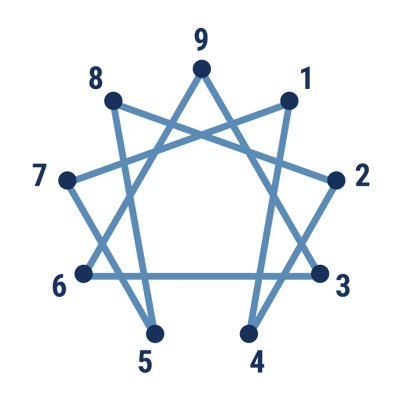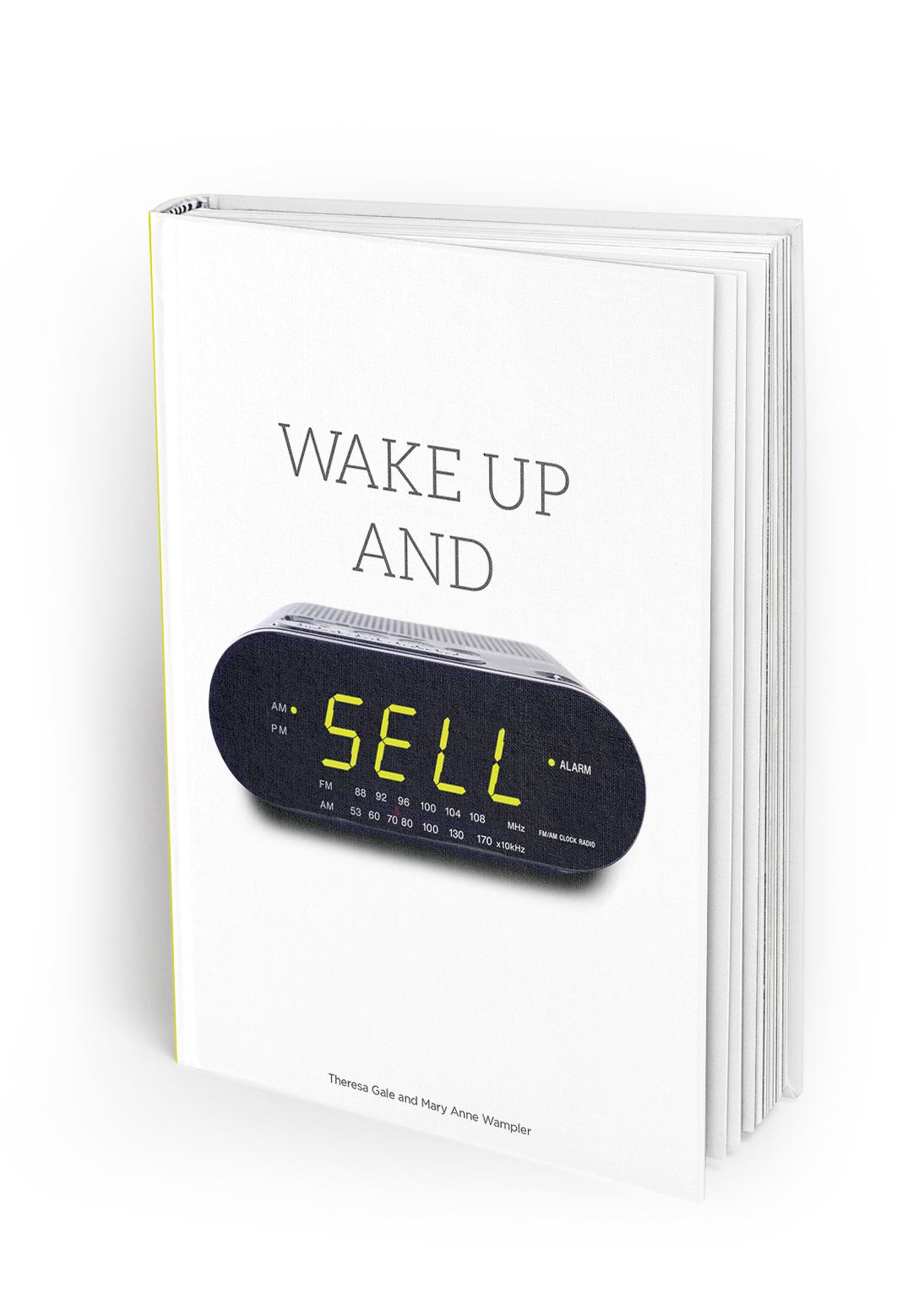To be honest, this month’s theme of Innovation leaves me a little dizzy. While intellectually I agree that innovation is a must for a company to stay ahead of the curve, my gut resists when I look at my “To-Do” list and I move back up to my head and think, “How do I fit this in, too?”
This line of questioning, that I catch myself in sometimes, does not support building an innovative culture and here’s why: innovation needs to be a way of life, not a behavior that you or I “do” or a task that we complete. Making this paradigm shift personally is paramount to spreading out the responsibility for building and sustaining an innovative culture. And here’s what I know to be true–the best way to make this shift is to do it intentionally, one step at a time.
First, you have to ask yourself: “What does innovation look like in my organization?” “What does it look like in each position in the company?” “What are innovative thoughts each employee can embrace?” “How do I teach what I do naturally – always looking for ways to be innovative?” Engaging employees in a conversation to develop specific attitudes and behaviors is the first step, and just doing this exercise begins to rewire the neuropathways that produce new habitual thinking patterns.
Next, thoughts do not produce actions, so you need to tap into the “why” behind putting these actions into practice. Ask yourself: “What’s in it for us, as a company, to be innovative?” “What’s the pay-off?” “How does this increase employee engagement?” “What do employees get out of being innovative?” Again, ask your employees these questions because unless they can discover their “why,” they will never “do” the behaviors you want.
Now come the action questions: “What innovative attitudes will we, as leaders, adopt, and what actions will we commit to doing to reinforce these innovative attitudes and behaviors?” “How will we communicate, recognize, and reward innovative attitudes and behaviors?” “What specific actions will we do to engage employees?” “How will we measure and monitor our progress?”
The best process I have found comes from the book The 4 Disciplines of Execution by Chris McChesney. The book outlines a process for setting goals as an organization and creating engagement and accountability in every employee in the organization. The fourth discipline is the one that I have introduced to leadership teams. I’ve found it can be used with any company-wide change initiative or cultural shift you are attempting to make.
The fourth discipline is what the author calls “the cadence of accountability.” Here’s how it would work for building a culture of innovation. Once you have engaged each and every employee in defining innovative behaviors in his/her position and helped them discover their “why,” then you institute a weekly team huddle where each employee on the team commits to doing one innovative action that week. The huddle’s agenda is that each employee on the team shares the results of their prior week’s commitment and then commits to a new action for the current week. The manager may kick off the meeting by recognizing successes, but the focus is on employees making commitments. Why this format? Making a commitment publically and having to report back to the team builds accountability, but, more importantly, it builds a habit of thinking, embracing, and acting in innovative ways.
You may say, “That will take too much time and we’ll get side-tracked.” It’s called a discipline for a reason. The huddle is a reporting mechanism not a conversation. It is purely for employees to report back on commitments and to set new commitments. Successes increase motivation. Increased motivation builds momentum. Momentum and consistent focus create new habits. New habits ensure consistent behaviors. Consistent behaviors create and bring about the change desired. That’s the formula I have used for 21 years, and it works!
Building an innovative culture shared by everyone in your organization doesn’t happen overnight, and if you are intentional in the steps you take, the rewards will be realized sooner than you think!
By Theresa Gale,
PRINCIPAL, TRANSFORM, INC.




